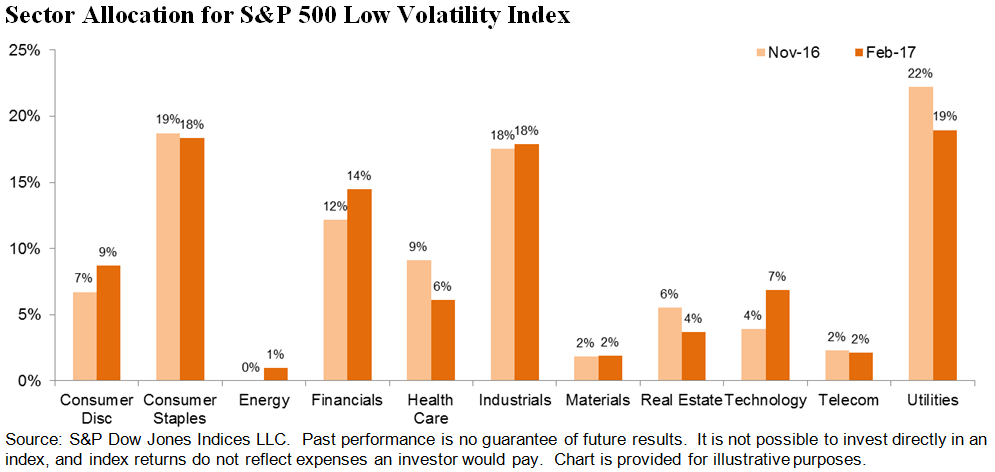Since the “taper tantrum” back in 2013, the prospect of the Fed easing monetary policy has been one of the top concerns for global market participants. The Fed has increased rates twice since then: once in December 2015 and again in 2016. With more rate hikes expected and U.S. inflation firming up, long-term interest rates have risen from their low of July 2016 and the market is watchful for more potential increases.
In a rising rate environment, interest rate risk comes to the forefront, and this is particularly true for fixed income products because of their sensitivity to interest rates, as measured by the concept of duration. In this blog, we show that among various sectors of U.S. fixed income, the high yield bond market not only has less duration, but also historically has exhibited less correlation with interest rates due to movement of credit spreads.
Exhibit 1 shows the duration comparison of U.S. fixed income sectors. As of January 2017, the investment grade corporate bond index bears the highest duration of 6.9, while the two high yield indices have much shorter durations of approximately 4.2.

Duration measures bonds’ direct exposure to interest rates. For spread products such as corporate bonds, their total return is also sensitive to changes in credit spread. Empirically, corporate bonds’ total returns tend to be less sensitive to interest rates compared with what is indicated by their duration measure, due to the negative correlation between interest rate and credit spread changes.
In a rising rate environment, credit spreads tend to tighten, reflecting improved credit fundamentals in a growing economy. The positive return due to credit spread tightening could cancel out part or all of the negative return from rising rates. This can be seen in the historical correlation of the performance of U.S. fixed income sectors with the change in government bond yields (see Exhibit 2).
Both high yield indices demonstrated a positive correlation with rate changes, meaning that high yield bonds had positive returns when government bond yields rose. In contrast, investment-grade corporate bonds showed a negative correlation with interest rates. The positive correlation of high yield bonds was further corroborated by the negative correlation of credit spreads and interest rate changes, indicating that when government bond yields moved higher, credit spreads tightened.

While it is understandable that market participants are concerned about interest rate risk in a rising rate environment, it is interesting to note that the high yield bond sector stands out within the fixed income market with less rate sensitivity. Historical data show that its return profile exhibited positive correlation with interest rate movement.
The posts on this blog are opinions, not advice. Please read our Disclaimers.




















































